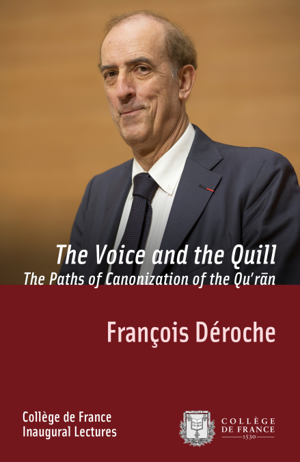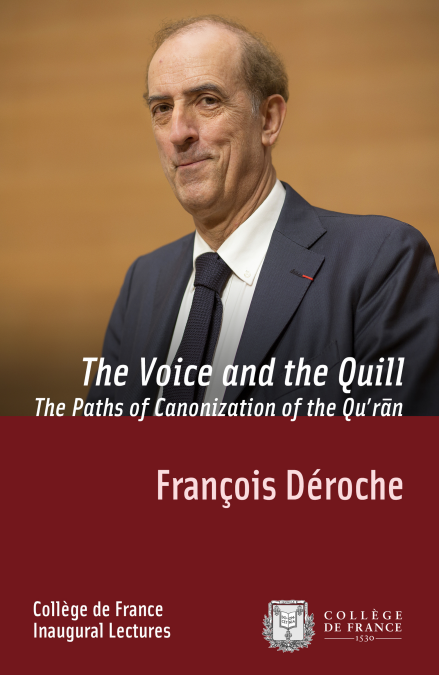
- Retrait gratuit dans votre magasin Club
- 7.000.000 titres dans notre catalogue
- Payer en toute sécurité
- Toujours un magasin près de chez vous
- Retrait gratuit dans votre magasin Club
- 7.000.000 titres dans notre catalogue
- Payer en toute sécurité
- Toujours un magasin près de chez vous
The Voice and the Quill. The Paths of Canonization of the Quʾrān EBOOK
Inaugural Lecture delivered on Thursday 2 April 2015
François Déroche
Ebook | Anglais
7,99 €
+ 7 points
Description
How can we hope to understand Islam without knowing how its founding text, the Qurʾān, took shape and then crystalized? The discovery of a palimpsest in Sanaa in 1973 confirmed the existence of other recensions of the Qurʾānic text in the first centuries of Islam. Studies of these documents and of the manuscripts of the predominant transmission have made it possible to identify the various strata of texts and the variants that were gradually excluded. This unprecedented approach to the Qurʾān profoundly renews the intellectual and cultural history of the Muslim world.
Spécifications
Parties prenantes
- Auteur(s) :
- Editeur:
Contenu
- Langue:
- Anglais
Caractéristiques
- EAN:
- 9782722605435
- Date de parution :
- 23-04-20
- Format:
- Ebook
- Protection digitale:
- Adobe DRM







